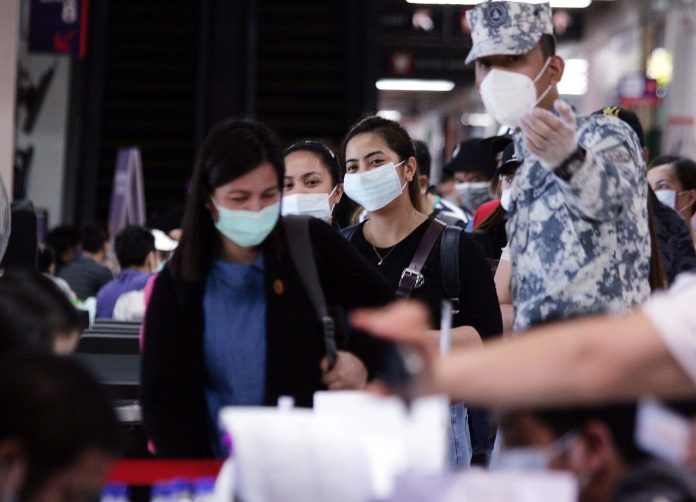The number of international migrant workers globally has risen to 169 million, a rise of three percent since 2017, according to the latest estimates from the International Labour Organization (ILO).
The new ILO report, “ILO Global Estimates on International Migrant Workers: Results and Methodology,” notes that between 2017 and 2019 the number of international migrants has increased from 164 to 169 million.
The share of young migrant workers (aged 15-24) has also increased, by almost 2 percent, or 3.2 million, since 2017. Their number reached 16.8 million in 2019.
The report says that in 2019, international migrant workers constituted nearly five percent of the global labor force, making them an integral part of the world economy.
Despite this, many migrant workers are often in temporary, informal or unprotected jobs, which expose them to greater risk of insecurity, layoffs, and worsening working conditions.
The COVID-19 crisis has intensified these vulnerabilities, particularly for women migrant workers.
There are more women in low-paid and low-skilled jobs and they have limited access to social protection and fewer options for support services.
“The pandemic has exposed the precariousness of their situation,” said Manuela Tomei, director of the ILO Conditions of Work and Equality Department, in a statement.
She said migrant workers are often first to be laid-off during the pandemic and “they experience difficulties in accessing treatment.
Tomei said migrant workers are also often excluded from national COVID-19 policy responses.

Young people in search of work
The share of youth among international migrant workers has increased, from 8.3 per cent in 2017 to 10.0 per cent in 2019, says the report.
It notes that the increase is likely to be related to high youth unemployment rates in many developing countries.
The large majority of migrant workers (86.5 percent), however, remain prime-age adults (aged 25–64).
According to the report, 66.2 percent of migrant workers are in services, 26.7 percent in industry and 7.1 percent in agriculture.
There are also “substantial gender differences” between the sectors with more women in services, including in health and domestic work. Men migrant workers are more present in industry.

More migrant workers in rich countries
More than two-thirds of international migrant workers are concentrated in high-income countries.
Of the 169 million international migrant workers, 63.8 million (37.7 percent) are in Europe and Central Asia. Another 43.3 million (25.6 percent) are in the Americas.
Collectively, Europe and Central Asia and the Americas host 63.3 percent of all migrant workers.
The Arab States, and Asia and the Pacific each host about 24 million migrant workers, which, in total, correspond to 28.5 percent of all migrant workers.
In Africa there are 13.7 million migrant workers, representing 8.1 per cent of the total.
The majority of migrant workers – 99 million – are men, while 70 million are women.
Women face more socio-economic obstacles as migrant workers and are more likely to migrate as accompanying family members for reasons other than finding work, says the report.
The report said women can also experience gender discrimination in employment and may lack networks, making it difficult to reconcile work and family life in a foreign country.
“Labor migration policies will be effective only if they are based on strong statistical evidence,” said Rafael Diez de Medina, chief statistician and director of the ILO Department of Statistics.
He said the new report “offers sound estimations, based on robust methods and reliable data integrating harmonized complementary sources.”
“These policies can then help countries respond to shifts in labor supply and demand, stimulate innovation and sustainable development, and transfer and update skills,” added Medina.









